Table Of Contents
What are the In-App Advertising Formats you can Choose From?
Why is In-app Advertising Important for Your Business?
12 Best In-app Advertising Practices
Benefits of In-app Advertising
Factors Influencing In-app Advertising Rates
Take charge of your own in-app advertising strategy
In-app advertising is a mobile advertising strategy used to promote apps and increase revenue. App publishers generate income that guarantees their apps will remain free to download by enabling advertisers to market their goods and services to app users.
According to Statista’s analysis of the statistics for the years 2018 through 2023, mobile ad spending represented only 48% of all online ad spending in 2018 before eventually catching up to desktop ad expenditure this year. If things continue as they are, mobile advertising expenditures are expected to hit 51% by 2023.
Publishers and advertisers can create stunning creatives and develop superior strategies when working together with in-app advertising businesses. We’ll discuss some of the different types of in-app advertising, their advantages, and best practices in this guide.
What is In-app Advertising?
Marketers need a mobile marketing plan given that there are 7.26 billion mobile consumers worldwide. Within the ecosystem of in-app advertising, a number of players are active, including app developers, ad exchanges, publishers, ad networks, and demand side and supply side platforms.
The publishers and app developers purchase the ads. Publishers market ad space. The ad network, which enables the sale of ad space to advertisers, is in the middle. In-app advertising generates significant profits for subscription-based apps, social networking, gaming, and entertainment.
According to the most recent projections, mobile advertising spending will hit $339 billion by 2023, breaking the previous high of $223 billion US dollars in 2020. Additionally, since a growing number of people spend more time on smartphones, in-app advertising provides a targeted and quantifiable method of grabbing consumers’ attention. Both app creators and the advertisers who utilize them benefit from this approach.
Related Reads
How to Optimize Facebook Ads? – 10 Best Ways
Level Up Your 2023 With The Right Advertising Techniques
What are the In-App Advertising Formats you can Choose From?
Apps provide a dynamic environment for seamlessly integrating advertisements with in-app content. This transforms mobile advertisements from an unwanted interruption to a useful suggestion that might even improve the user’s in-app experience. When deciding on the best ad formats for an in-app advertising campaign, advertisers should take into account how consumers use their devices and how they will experience the ad.
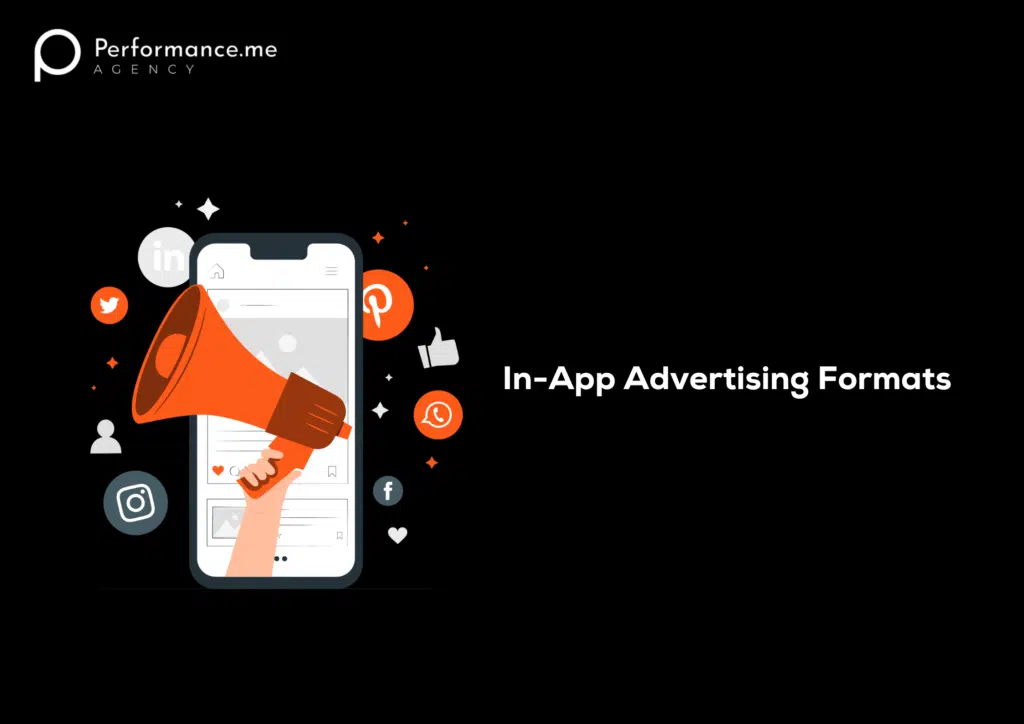
1. Playable ads
Among the most common types of ads used in in-game apps are playable ads. A CTA can be added at the end of these ads to maximize their effectiveness and keep them under 60 seconds. Due to their affordability, cost-effectiveness, ease of use, and universal support, they are among the most common forms of mobile media ads.
2. Banner ads
Traditional display adverts called banners are displayed at the top of an app page. Banner advertising comes in CPM or CPC formats. Users are most likely familiar with banner advertisements. They typically accompany the app content at the top or bottom of the screen as text and an image. They often have a call-to-action button, text, and a picture.
3. Video ads
An effective advertising campaign that engages viewers on mobile screens must include mobile video advertising. Mobile video ad formats are able to efficiently offer compelling brand messages by taking advantage of the special features of mobile devices. Short video segments known as “video advertising” frequently precede other videos.
Their click-through rates are high and they are highly engaging. Interaction rates are highest with video ads. Mobile video ad formats are able to efficiently offer compelling brand messages.
4. Native ads
Native advertisements might take the shape of still images, text, or moving pictures. Because they may seamlessly integrate with the on-screen content, native advertisements can be an effective ad format. Native ads are integrated into the usual flow of content, such as the news feed of a social network, or take the form of an advertisement produced by a content recommendation engine and labeled as sponsored content.
They want to fit in with the overall aesthetic of the app but also grab your attention as you navigate. By providing useful content, a good native ad will increase engagement rates and user interactions without ever being obvious to the user as an advertisement. It is a significant benefit for increasing clicks and providing a seamless experience. Therefore, native advertisements have no negative effects on publisher apps’ user retention and engagement.
5. Interstitial ads
Full-screen advertisements are another name for interstitials. Immersiveness is interstitials’ most defining characteristic. They can be static or video adverts. The user is prodded to act once the advertisement displays, either by reacting to the CTA or by clicking the button to close the advertisement.
The major drawback of this form of advertisement is that it interferes with the user’s experience.
6. Offerwall ads
The offerwall ads usually consist of a page with a list of incentives, similar to rewarded video ads. There are a variety of offers the user can choose from, including in-app currency such as coins or lives. Due to their user-initiated nature, these ads have high engagement rates.
7. Interactive video ads
In response to their rising popularity among consumers, interactive video ads are becoming more popular among marketers. Gamified and playable ads, AR ads, and branched stories are some examples of interactive video ads.
8. Rich Media ads
With rich-media ads, marketers can display audio and video content along with interactive video features. Though they’re more complicated to plan and execute, rich media ads can increase brand awareness and increase conversion rates.
One of their key features is the possibility of many animated effects which enhance the interaction between the viewer and the advertisement. It is important to keep in mind that rich media is a general term that refers to many different forms of advertising. A rich media advertisement can be a scratch banner, an interstitial, a swipe ad, or a cube ad. HTML, CSS, JS, and images are usually included in the ad file.
9. Rewarded Video Ads
Rewarded advertisements are among the top mobile ads because of their full-screen format.
They feature a clear value exchange and are frequently utilized in gaming apps. It is helpful to reward consumers when you want them to perform a specific action. App users might be enticed to watch a video all the way through by promising them a reward in return.
Because they are interesting and participatory, advertisers favor using this kind of advertisement. However, there is always a chance that incentivized ads will draw unqualified traffic. As a result, you must be cautious while choosing your audience.
Why is In-app Advertising Important for Your Business?
For users of smartphones, mobile online ads are frequently compressed and unattractive. Consumers are given a better experience via in-app advertising than by display advertising on the mobile web. Overall engagement is increased as in-app advertisements are resized to better fit the screen for better appeal. Here are a few reasons why in-app advertising is crucial for your company.
- Acquisition speed is faster
- Optimizes user experience
- Increases user engagement retention rates
- Reach a broader market
- Improves customer targeting
- Differentiates yourself from the Crowd
- Reach a wider audience by connecting with more publishers and ad networks
- More effective use of budgets
- Boosts CTR by driving more conversions
- Real-time analytics and data improve decision-making
12 Best In-app Advertising Practices
Every campaign is different, and every app needs to find the ideal combination of advertising for its user base. You can ensure users enjoy the greatest experience possible and maximize your return on ad spend by adhering to these best practices. Following are some recommended practices for in-app advertisers that they can use to enhance the effectiveness of their subsequent in-app advertising campaign.
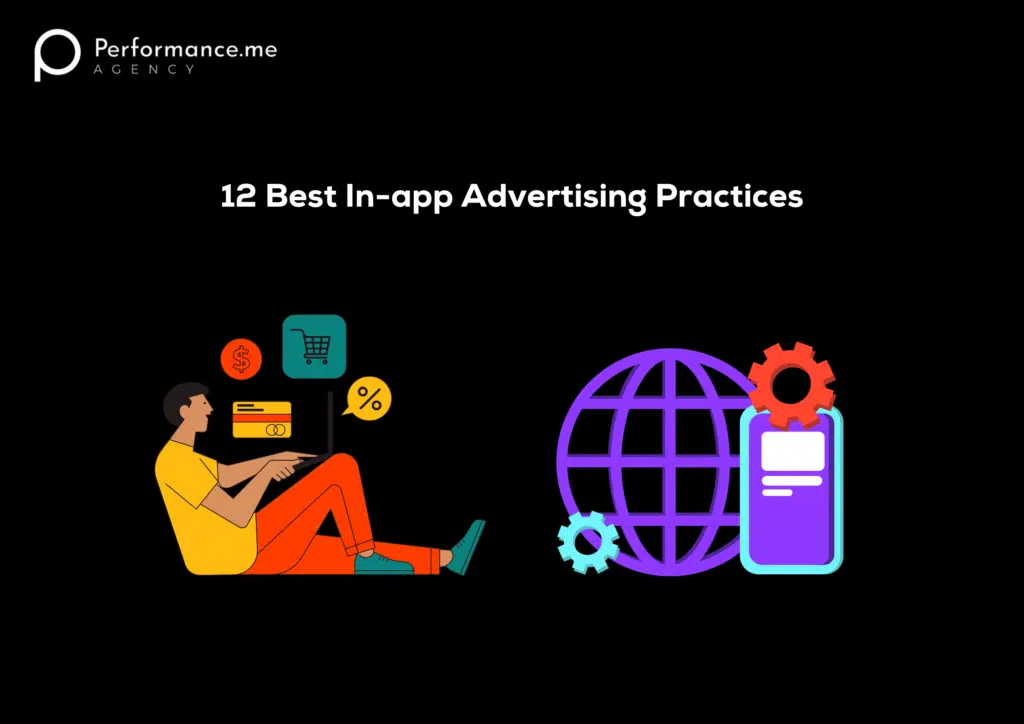
1. For the best reach, select banners
No other ad style can compete with the traditional mobile banner ad for a low-budget, extensive in-app advertising campaign. Due to their adaptability and flexibility to seamlessly blend into the in-app environment without interfering with the user experience, these versatile ad units remain widely used among app publishers.
2. Pick effective ad formats
Knowing which ad formats will suit your audience and fit into your app’s flow is crucial. The in-app user experience must be the main concern here. For instance, you wouldn’t want an advertisement to appear during a crucial part of your gaming app’s gameplay.
3. Make an Impact With Interstitial Ads
Full-screen advertisements have the biggest visual impact on the user, making them useful for attracting users’ attention during in-app content gaps.
4. Choose Supply Partners Wisely
There are few supply-side platforms that many premium publishers use (SSPs). The greatest approach for advertisers to keep control over their advertising and achieve the best return on investment is to work with SSPs that have direct connections to high-quality inventory (ROI).
5. Use Gaming Apps to Reach Users of All Ages
Apps for gaming are liked by people of all ages. Users of all ages use gaming applications to unwind or compete with pals. Since nearly 50% of Americans play mobile games, gaming applications are an efficient way to connect with a variety of users within the apps they already use frequently.
6. Engage More People With Dynamic Video Ads
Users can be inspired to interact with a creative and carry out the intended action using interactive video commercials.
7. Find out where your ads go
Learn about the mobile programmatic supply chain and the roles that each player plays. Make wise supply partner agreements
8. With Rewarded Video Ads, Boost High-Quality Conversions
Rewarded video advertising are another powerful strategy for obtaining educated clicks and high-quality conversions. Users choose to interact with the advertisement in return for an in-app reward. Because of this, this format has some of the best viewability rates and can even enhance brand perception.
9. Test everything
It’s crucial to test your advertising in order to figure out which ones produce results and what elements affect their success. Your trial efforts will show you how to streamline future ads, from evaluating pricing models to A/B testing the creative you utilize.
10. Utilize programmatic and private marketplace deals
An advertiser and publisher can have a direct relationship by purchasing inventory through programmatic agreements. This allows advertisers to know precisely who is viewing their ads and where they are being seen.
11. To maximum response, use popular app categories
The mobile device’s individualized character makes it perfect for addressing very niche populations. The three app categories with the largest mobile user penetration are social, news, and gaming, which makes them efficient for attracting a wide range of prospective parties.
12. Decide who your target audience is
The appropriate ad for the right audience is always critical to campaign success. App publishers must ensure that their UA efforts are bringing in the correct people, while advertisers must guarantee that they are selecting the right ads.
Benefits of In-app Advertising
Advertisers reach more users via mobile phones. Research shows that more than half the global population owns mobile phones, which has gained mass adoption in both developed and developing countries. Lets discuss the benefits of in-app advertising in detail:
1. It is insightful
In-app ads can provide valuable insights for advertisers. For starters, mobile apps often collect user data like location, age and preferences. Advertisers can use this data to make their ads highly targeted and specific. They can even alter certain content to better suit different audience segments. Advertisers can also receive specific insights about how users are interacting with their ads.
2. It generates more revenue
One reason many advertisers choose to gravitate toward in-app advertising is that it typically generates high conversion rates. Higher conversion rates mean not only is the ad reaching users, but it’s also convincing them to make a purchase. When compared to traditional web advertising, in-app advertising offers a better click-through rate to publishers.
You can achieve a click-through rate greater than 0.50 percent compared to the average click-through rate of web advertising that stands at 0.20 percent. Data can also give advertisers insight into the effectiveness of their ads and generate more traction and sales for their company. It can also allow them to discontinue ads that aren’t connecting with customers effectively.
3. Cost effective
Despite recent issues with accessibility to user-level data, mobile advertising continues to outperform traditional channels in terms of conversion rates and precise segmentation, proving to be far more cost efficient for advertisers at scale.
4. Boosts user engagement
Placing the correct ad in the appropriate place at the right time will inspire users to interact with the ad, increasing engagement, retention, and, eventually, income. This is true with gaming apps.
For example, incentivized videos reward consumers in the form of game points for watching advertisements. They are extremely effective because they are entirely user initiated, and they can enhance engagement because they frequently demand a user to play on successive days in order to collect their prize.
5. More personalized advertisements
In-app-based advertising modes enable the publishers to create better-custom ads. That have a better chance of convincing audience members to engage with the ad, which increases your click-through rate. When the user gives the developer their permission to collect the data, it gives the marketers more control over what they can display to the user.
This allows marketers to target personalized advertisements and helps to increase the CTR.
6. Increase in-app purchase revenue
By blending in-app advertising and in-app purchases, app owners may double their revenue sources. Users who are offered in-app adverts are more likely to view more products per session. Offering in-app purchases in addition to in-app adverts can boost conversion rates.
According to research, users who engage with in-app adverts view 4.2 times more products per session than organic users who may be shopping for something special.
7. It Increases User Engagement
Because people tend to be on their smartphones all of the time, presenting the correct ad in the right place at the right time will inspire users to interact with the ad, increasing interaction, engagement, and, eventually, income. This is true with gaming apps. For example, rewarded videos reward consumers in the form of game points for watching advertisements. They are extremely effective because they are entirely user initiated, and they can enhance engagement because they frequently demand a user to play on successive days in order to collect their prize.
8. Targeting
Mobile app advertising campaigns can be an efficient approach to reach out to specific target categories. These advertisements have a better chance of succeeding because they are more relevant to the users’ interests. Personalization, data tracking, and algorithms can help advertising teams investigate new markets and assess the efficiency of their targeted strategies.
Factors Influencing In-app Advertising Rates
The type of advertisement, the ad’s location, the ad revenue-sharing agreements in place, the ad’s intended demographic, and the campaign’s goals—such as increasing brand awareness or generating revenue—all have an impact on the cost of in-app advertising.
1. Operating System
To reach a certain target population, advertisers frequently invest extra money. Due to the wealthier demographic of iOS users, advertisers are more likely to spend 30% more on targeting iPhone users. Advertisers frequently spend more to reach a specific target audience. In the present mobile environment, iOS and Android are the two main mobile operating systems to take into account for advertisers.
2. Device Type
Companies may be willing to spend more (or less) to reach consumers who use a certain class of gadget. Advertisers may first prefer smartphones over tablets and be willing to spend more to ensure that their ads don’t run in tablet settings.
3. Demographics
In more specific terms, On a more specific level, the amount a company might wish to pay to make sure their ads reach a particular customer depends on where that person is physically at the time an ad is presented.
Brands may be willing to adjust their preferred payment rates in response to the times of day when users are more likely to take particular actions on applications. The rates that advertisers must pay for in-app advertising are impacted by the consumers’ locations.
Some advertisers could be willing to fork over more money to focus on customers in zip codes with higher incomes. Depending on where a person is located, an advertiser may be ready to offer a lower price to reach them. City, locality, state, and country all have an impact on advertising charges.
4. A particular season or a particular day
The level of competition varies throughout the year, which may have an impact on the cost of in-app advertising. Black Friday or the holiday shopping season are excellent examples of this. At some periods of the day, people frequently open their smartphones or start up apps. These seasons or days will undoubtedly produce greater CPMs and CTRs but could cost more.
Frequently Asked Questions
What are in-app advertisements?
In-app advertisements appear within mobile applications and are simple in nature, but their long name conceals the fact that they can be of any size or shape.
How effective are in-app advertisements?
Advertisers can reach their target audience through in-app advertising because it is based on the demographics of the app. A global report states that In-app ads (average CTR 0.56%) globally perform better compared to web ads on mobile (average CTR 0.23%)
What are the benefits of in-app ads?
1. They are resized to fit the screen and look better, leading to a more engaging experience.
2. Conversion rate is high.
What are the standard mobile ad sizes for in-app advertising ?
For mobile devices there are two choices - 320*480 pixels and 480*320 pixels. Interstitial advertising performs pretty well when compared to other ad dimensions. In tablet devices, interstitial advertising with sizes 1024 by 768 and 768 by 1024 works very well.
What are Interstitial ads?
A full-screen ad that encompasses the entire display is known as an interstitial ad. Typically, they appear during natural breaks, at a point of changeover and transitions, such as once a level in a game is completed. Interstitial videos provide a more engaging advertising experience than static commercials or banner ads due to their interactive nature.
Should I use In-app ads for my app?
Each app developer must decide when creating their app whether or not in-app advertisements are appropriate for their app. Your company model, type of application, target market, user base, and how you envision the in-app experience will all be factors. It is a quick way for apps in niches like mobile gaming, food delivery, and health & wellness to monetize the service they offer.
Also Read
Google Local Service Ads: A Game Changer for Businesses
What is Performance Marketing – Ultimate Guide
Take charge of your own in-app advertising strategy
The mobile marketing industry is expected to more than double by 2024, indicating how deeply ingrained mobile technologies are in digital infrastructure and human lives in the current world. This trend is primarily impacted by in-app advertising, which is projected to rise in the future.
Before making a decision, consider your target audience and how they engage with the app. In such a case, understanding the various types of in-app ads is critical to scaling your apps and business.
Through in-app advertising, Performance.me will help you increase your audience reach. Connect with us to get access to in-app services that match your requirements.

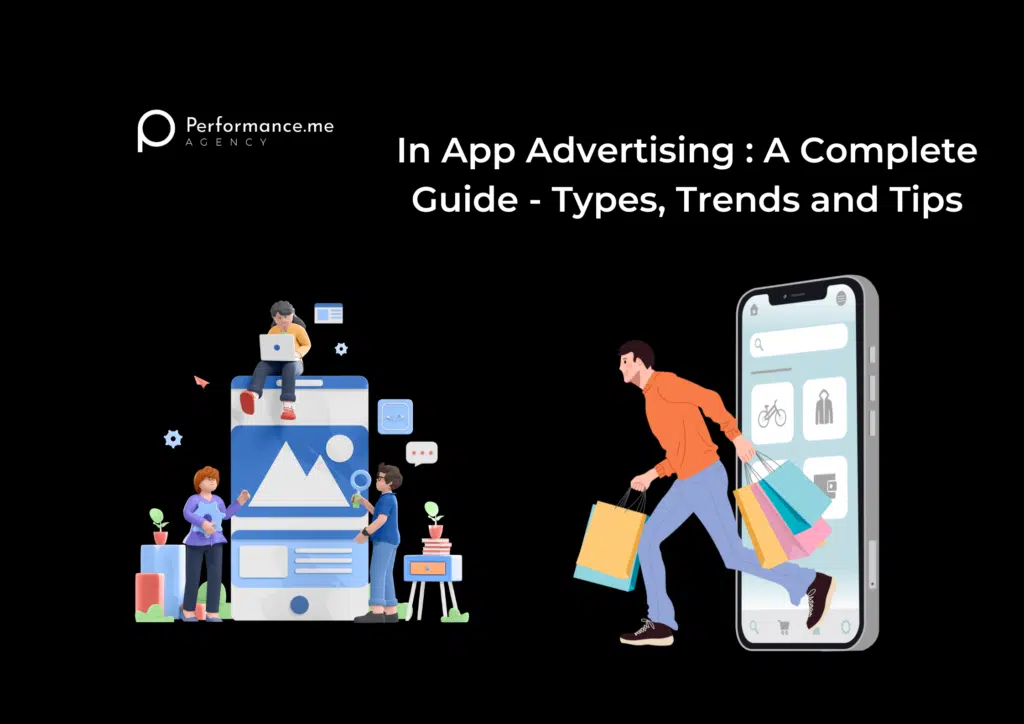
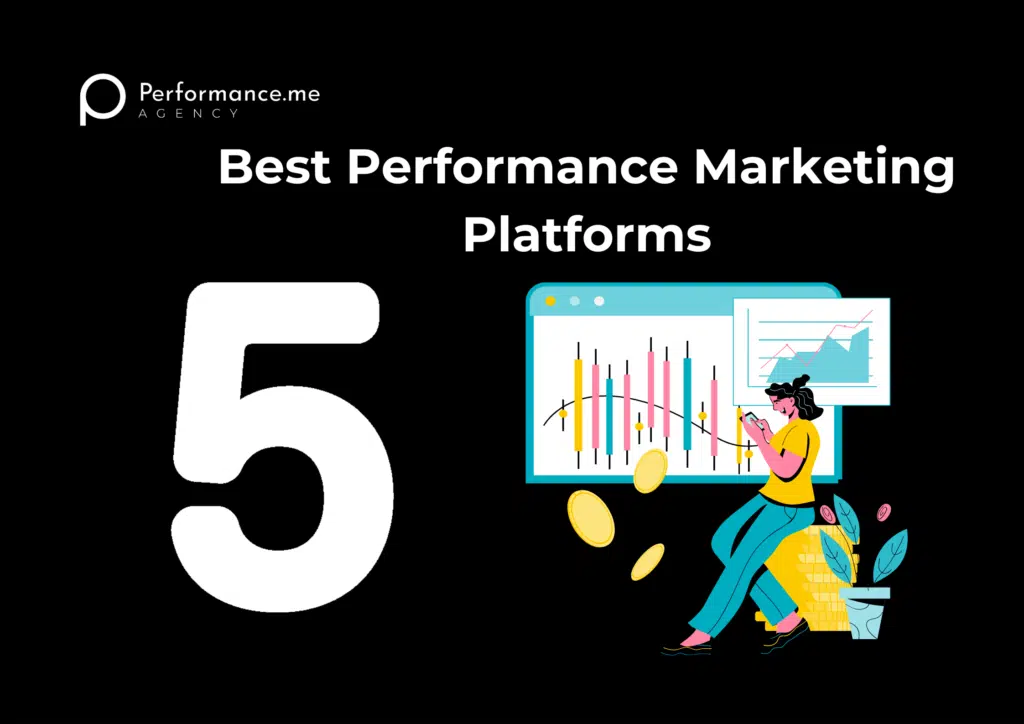
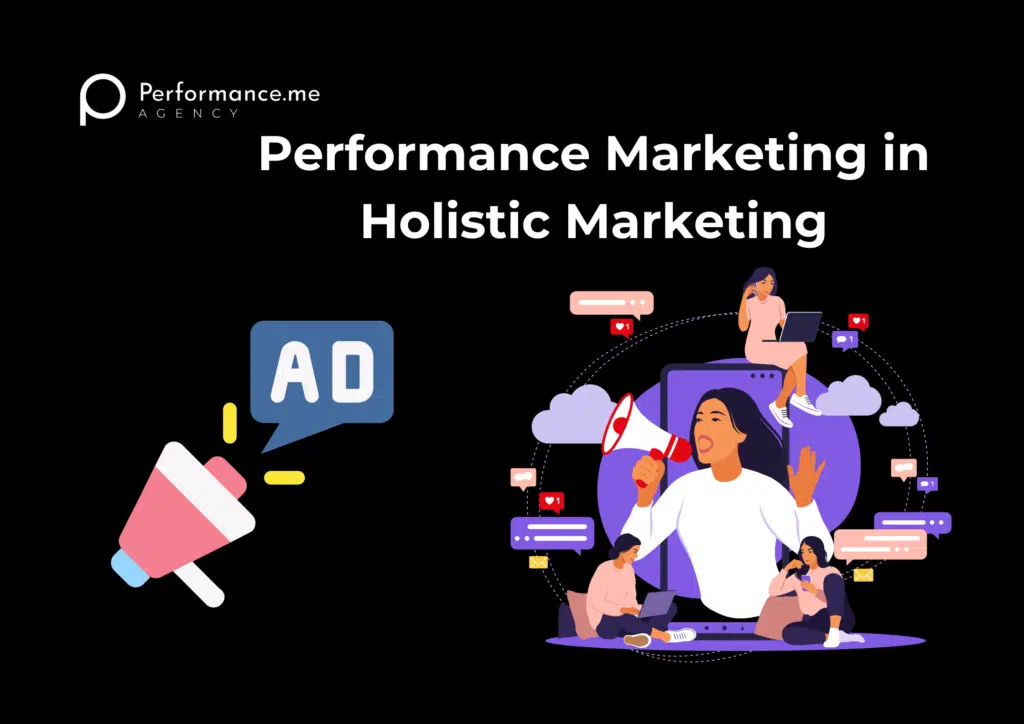
It’s a great read. Thanks for sharing such a mindful & researched guide with us.
NJ Graphica
We are more than happy to help!